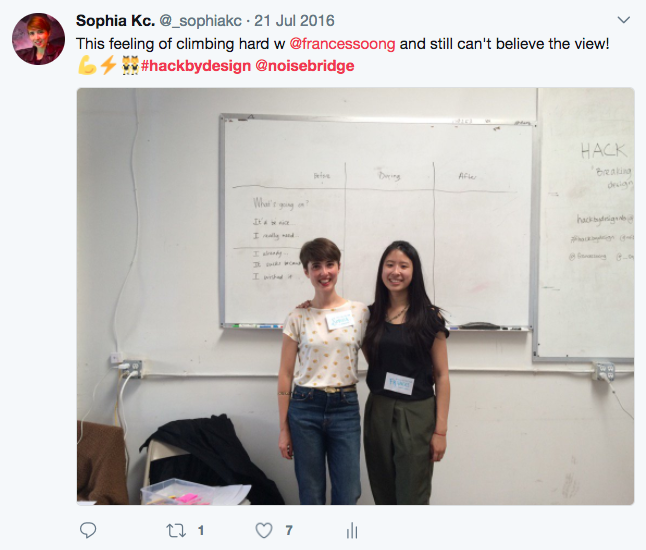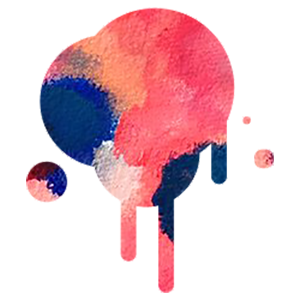Hack by Design
Demystifying the design process


ABOUT
Hackbydesign is a workshop accessible to anyone willing to understand how the design process, applied to the Software industry, works. From problem understanding to low-fidelity prototyping of a job to be done. Highly influenced by Design Thinking and lean methodologies.
This workshop was hosted at Noisebridge Hackerspace in San Francisco in July 2016.
FRUSTRATION
Frances and I met at Noisebridge and we had a lot to say about our approach and experience towards Design in the Software industry. We agreed that they were no hands-on workshops out there. And that it would have been very helpful to have seasoned designers sharing their practical experience. So we did it ourselves!
GOAL
Make this workshop happen.
Give participants actionable and sustainable approach that they can implement immediately in their everyday work.
MY ROLE
UX Designer, Workshop facilitator
— Running the workshop
TEAMMATES
Frances Soong, UX Designer, Workshop facilitator
TOOLS
Whiteboard and paper ideation, sticky notes and Sharpies, low-fidelity wireframes, stand-up pitching
LOCATION
Noisebridge Hackerspace, San Francisco, CA, USA
DELIVERABLES
Content creation (tools and methodologies), facilitation.
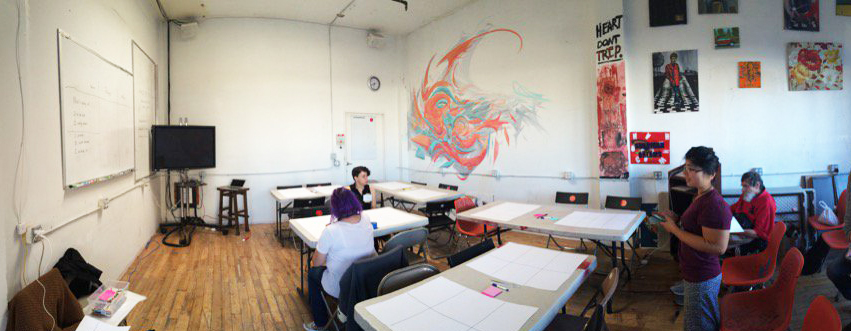
Process overview
1. Understand the roots of the problem — Empathize
Which questions to ask someone, how to listen, how to sort out someone's problem. Let's practice the user interview!
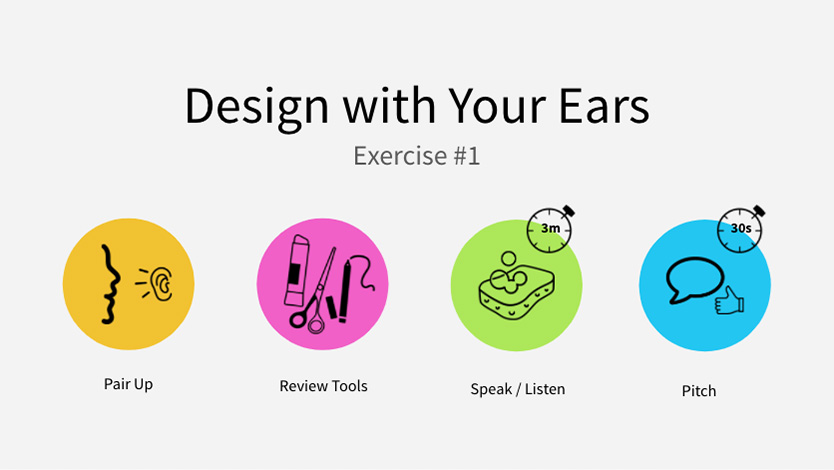
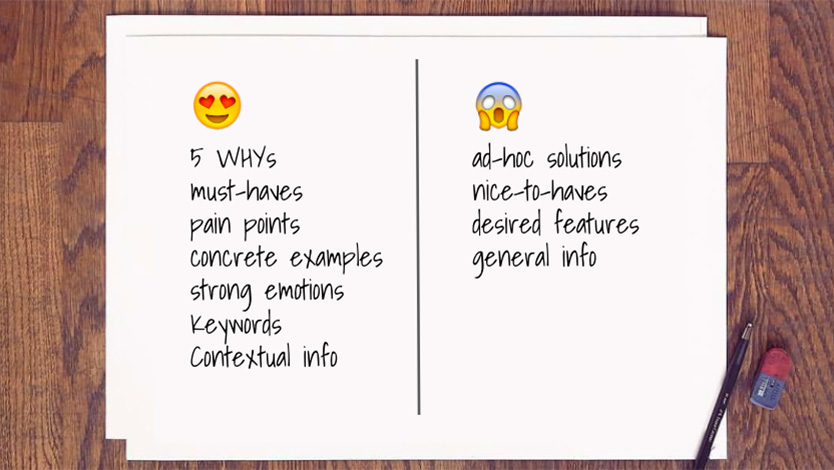
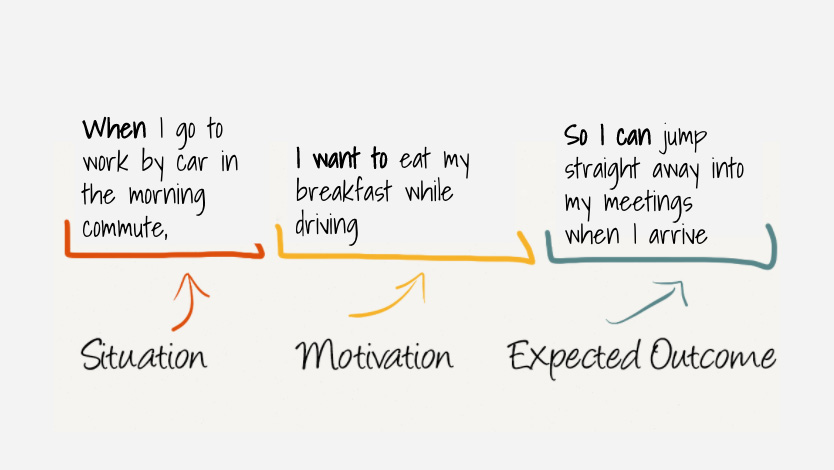
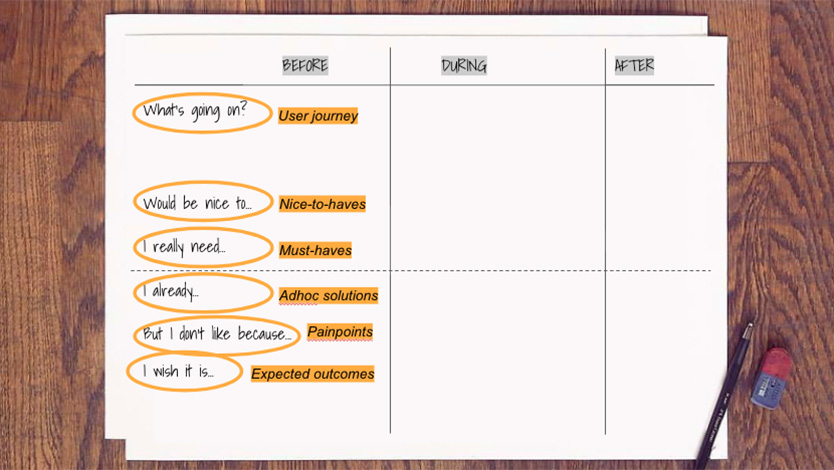
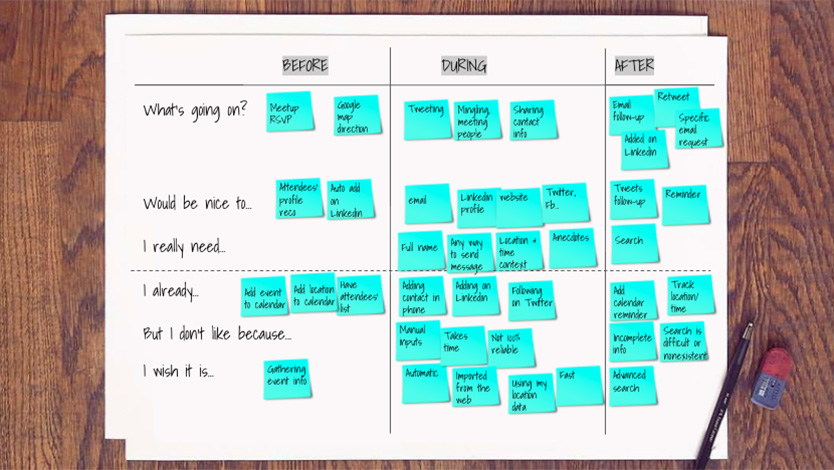
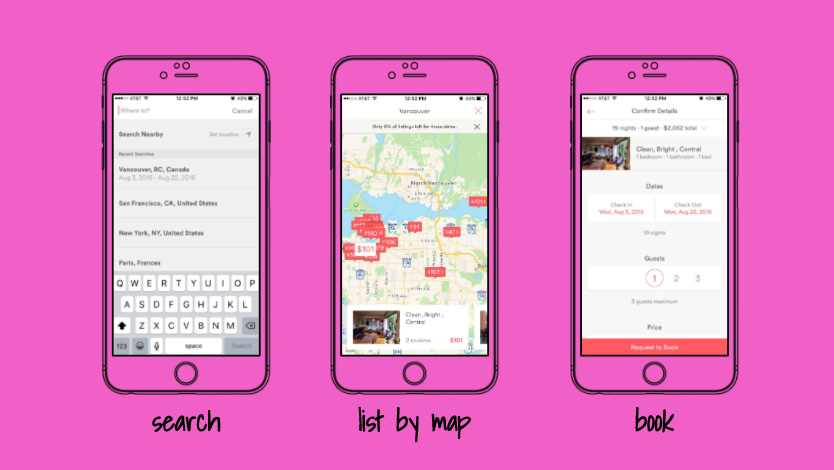
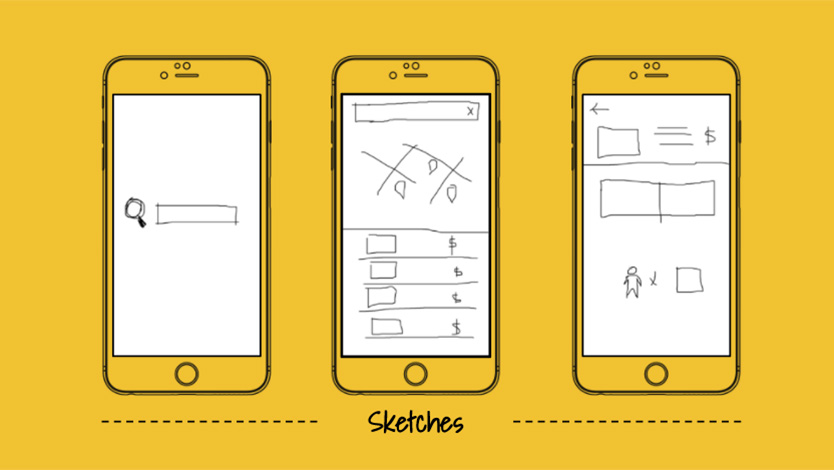
2. Identify the job to get done — Define
What's the job that our interviewee is trying to get done? Concept coming from Clayton Christensen.
3. Map the ins and outs of the user journey — Ideate and refine
With sticky notes, map the before/ during/ after of the journey of our persona. Identify the touch points, must-haves, nice-to-haves, pain points, ad-hoc solutions, expectations. Then look for patterns: what stands out? What's obvious?
4. Sketch the job to be done — Prototype
Starting with mobile app paper template, low-fi sketches of one possible answer to the job to be done.
5. Pitch your prototype — Test
Throw your prototype out there and get peer feedback.
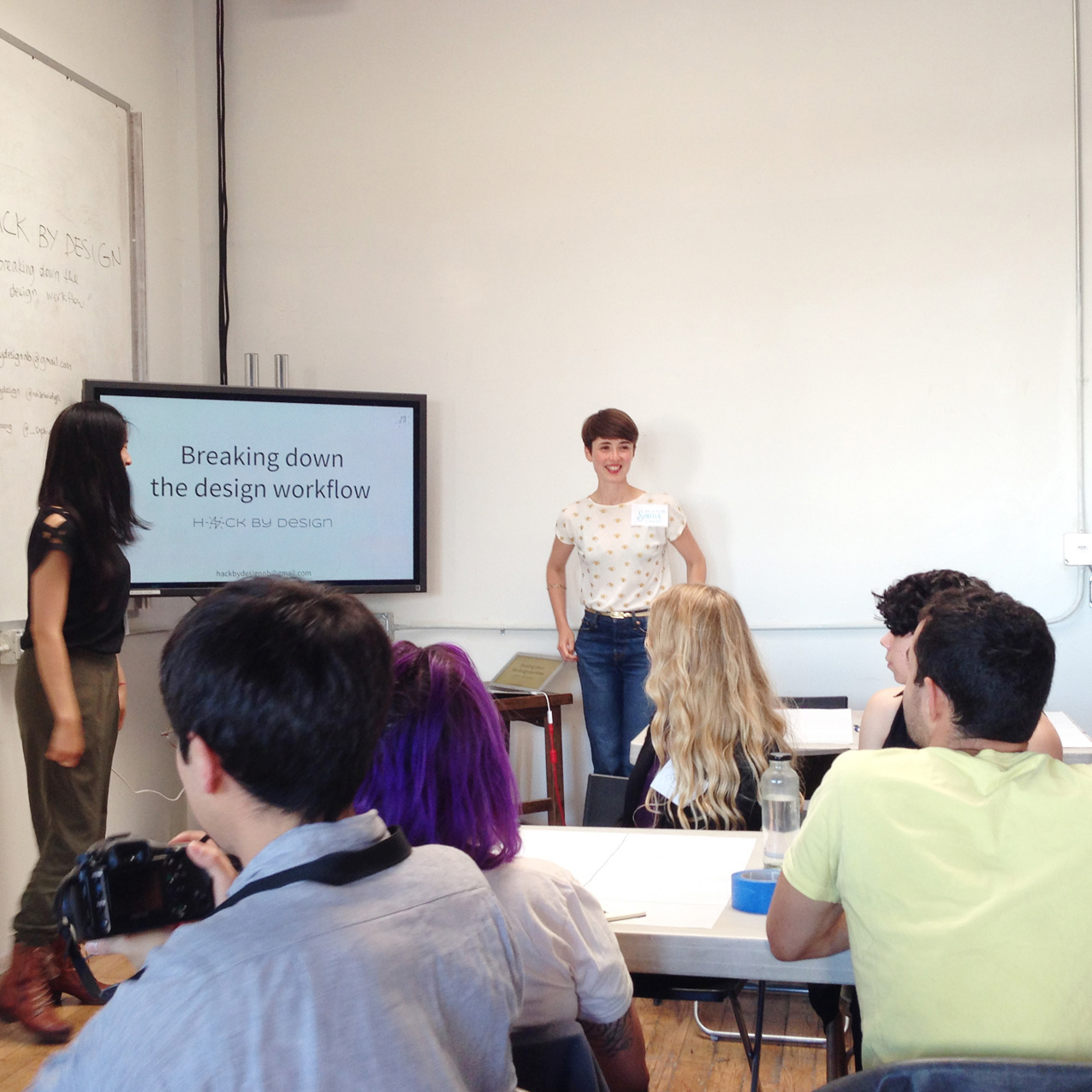
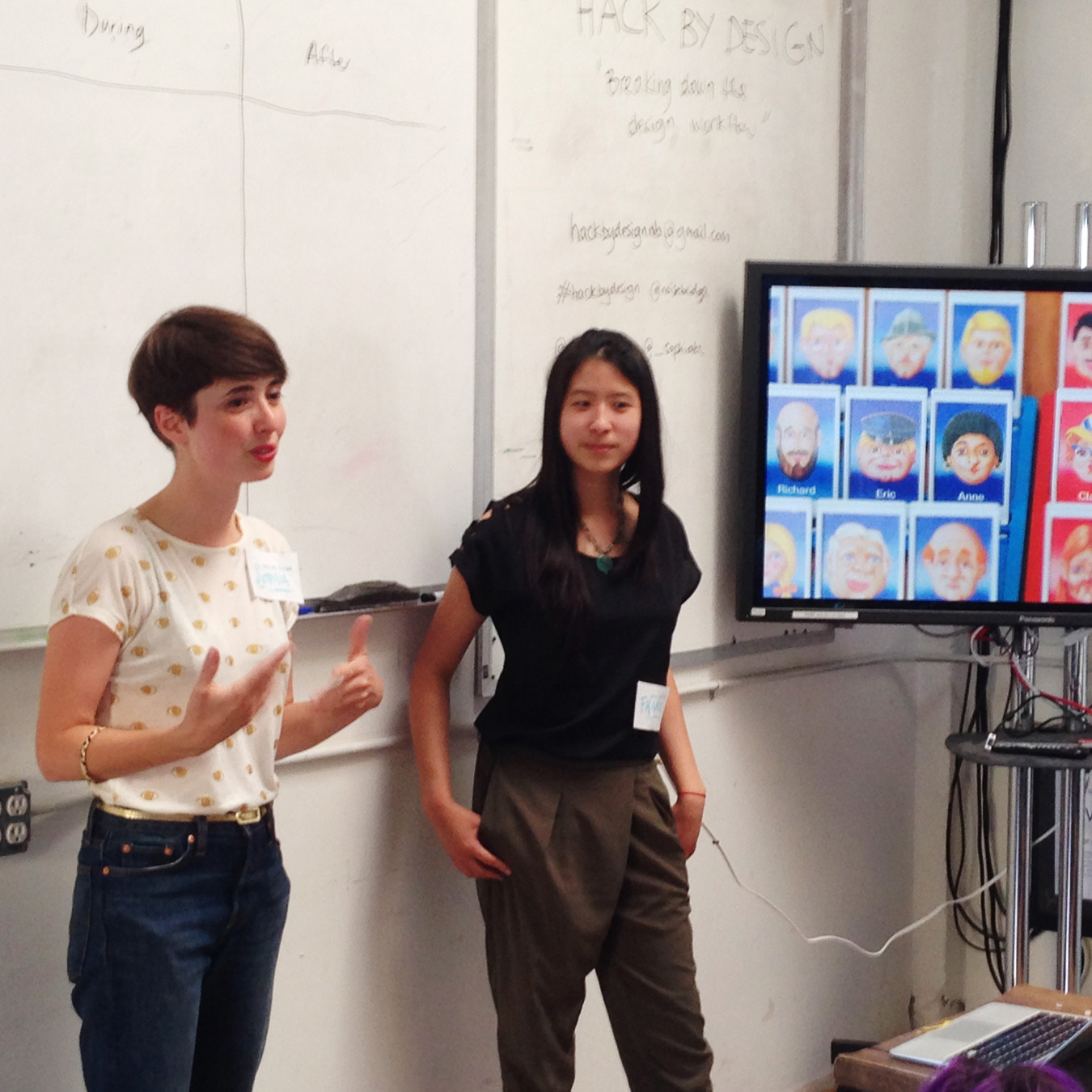
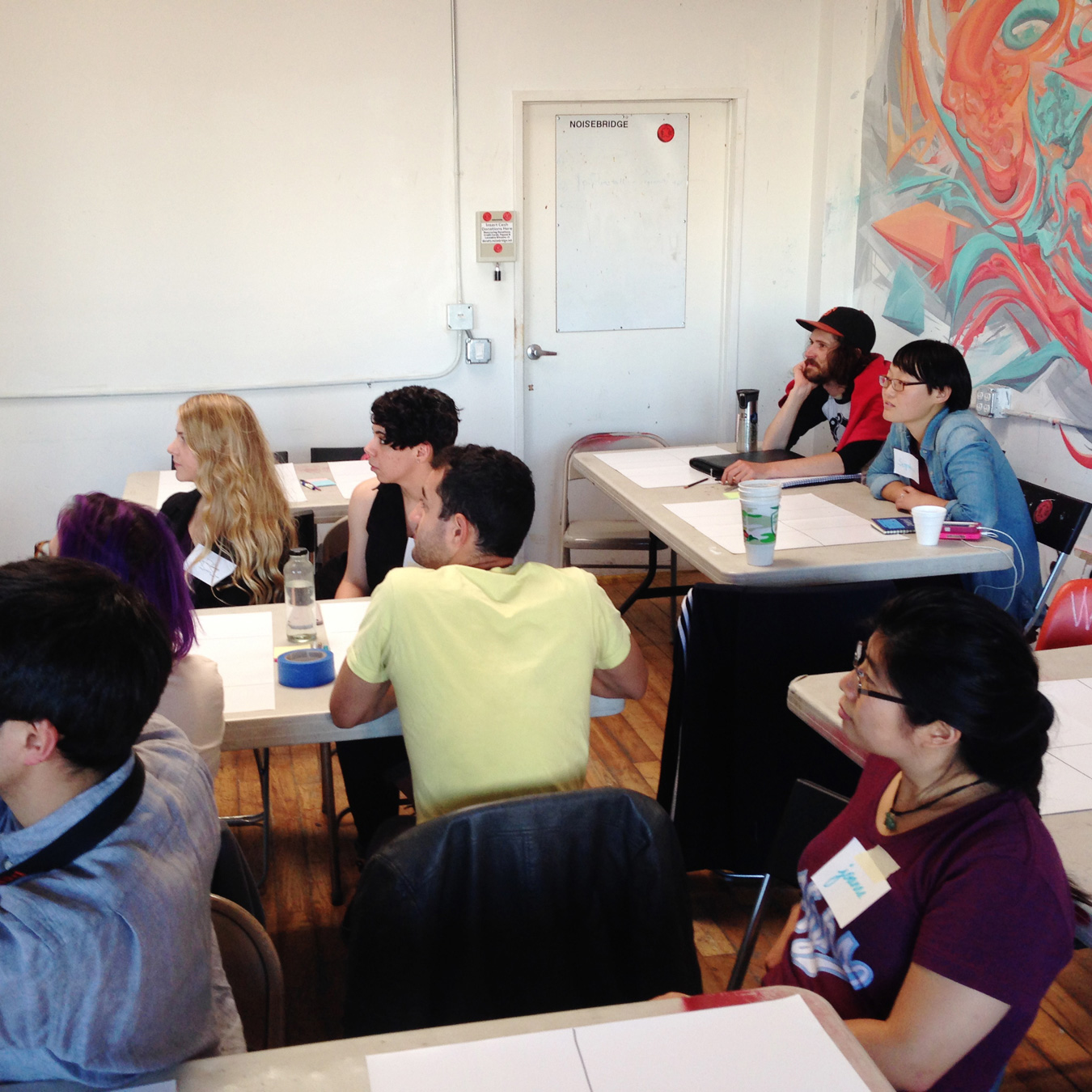
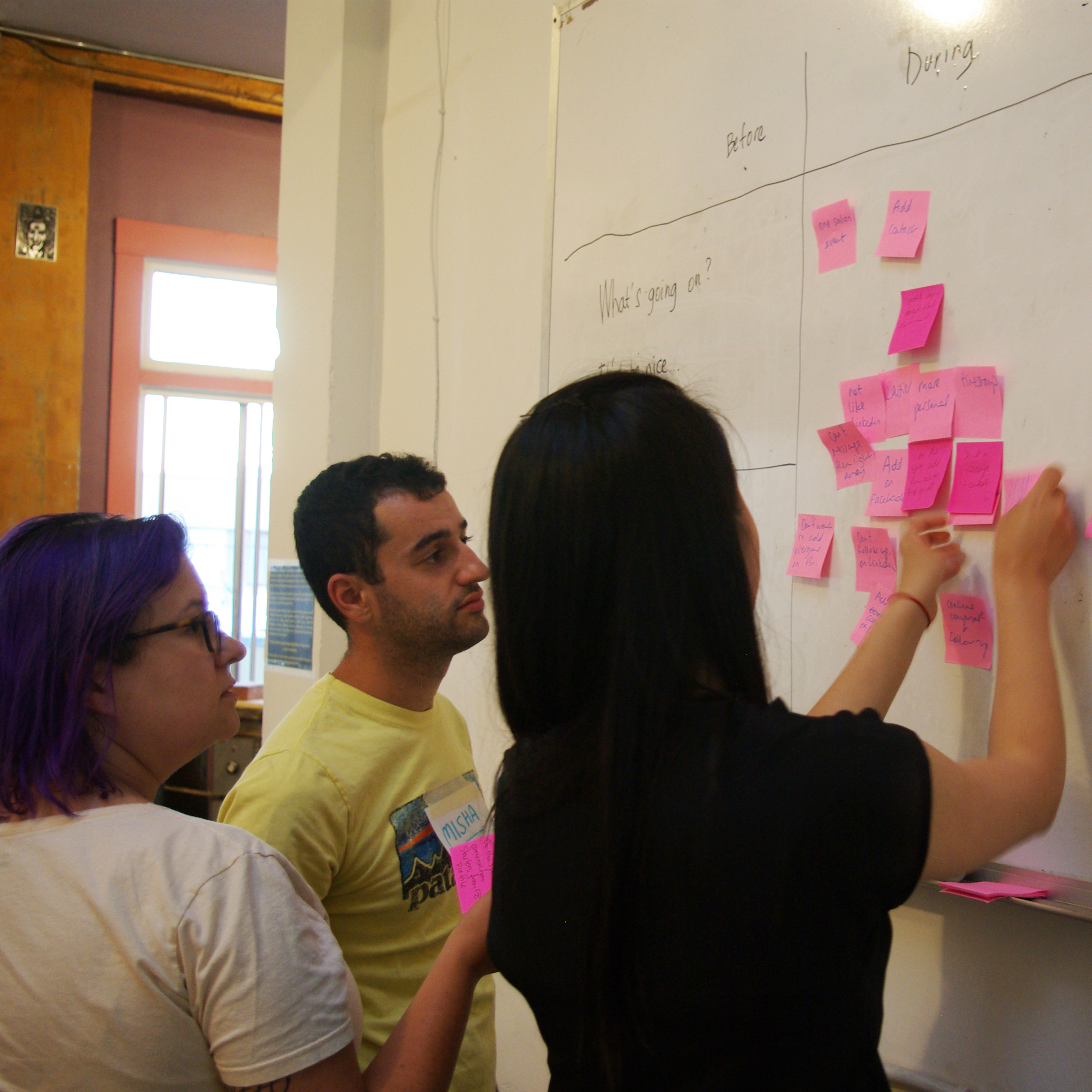
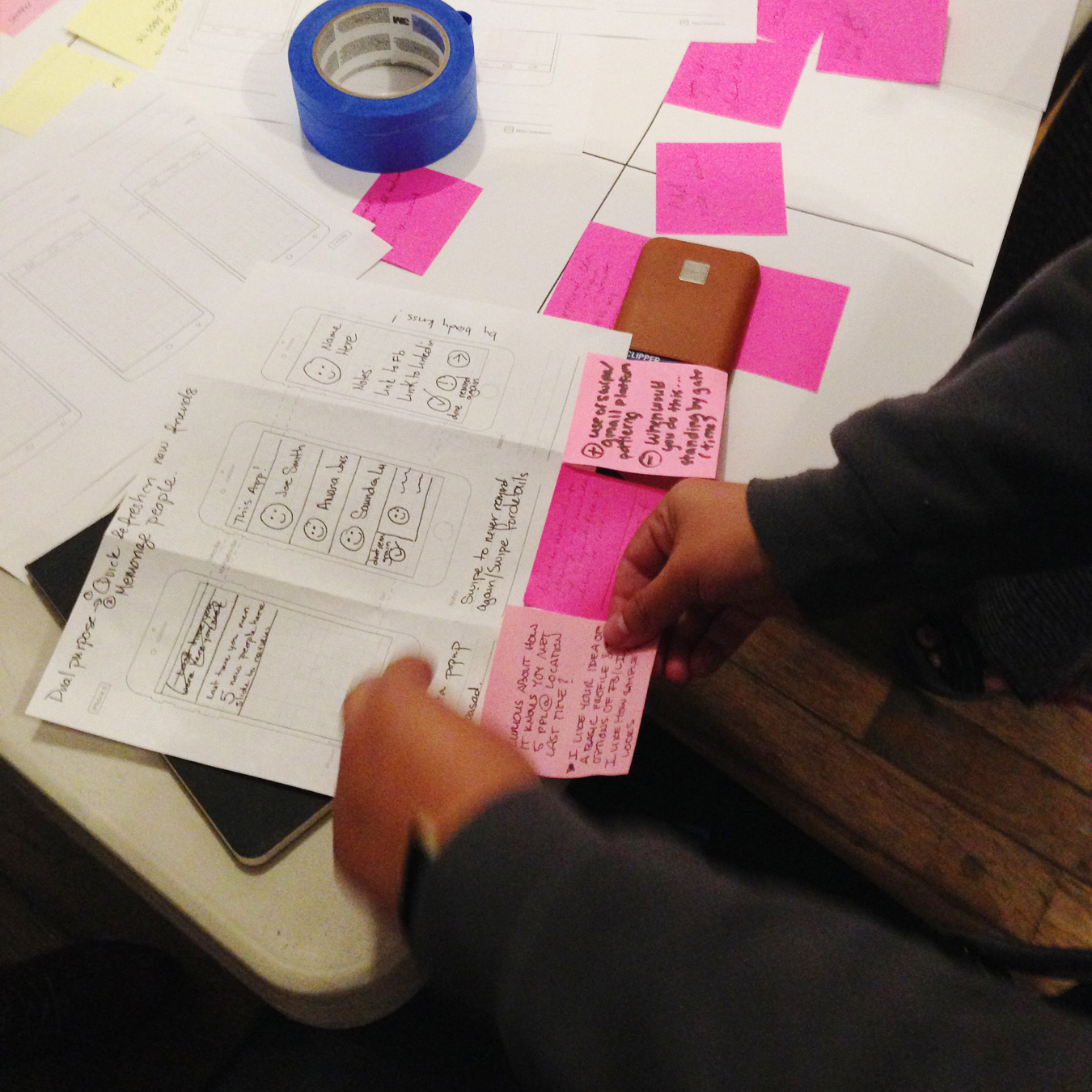
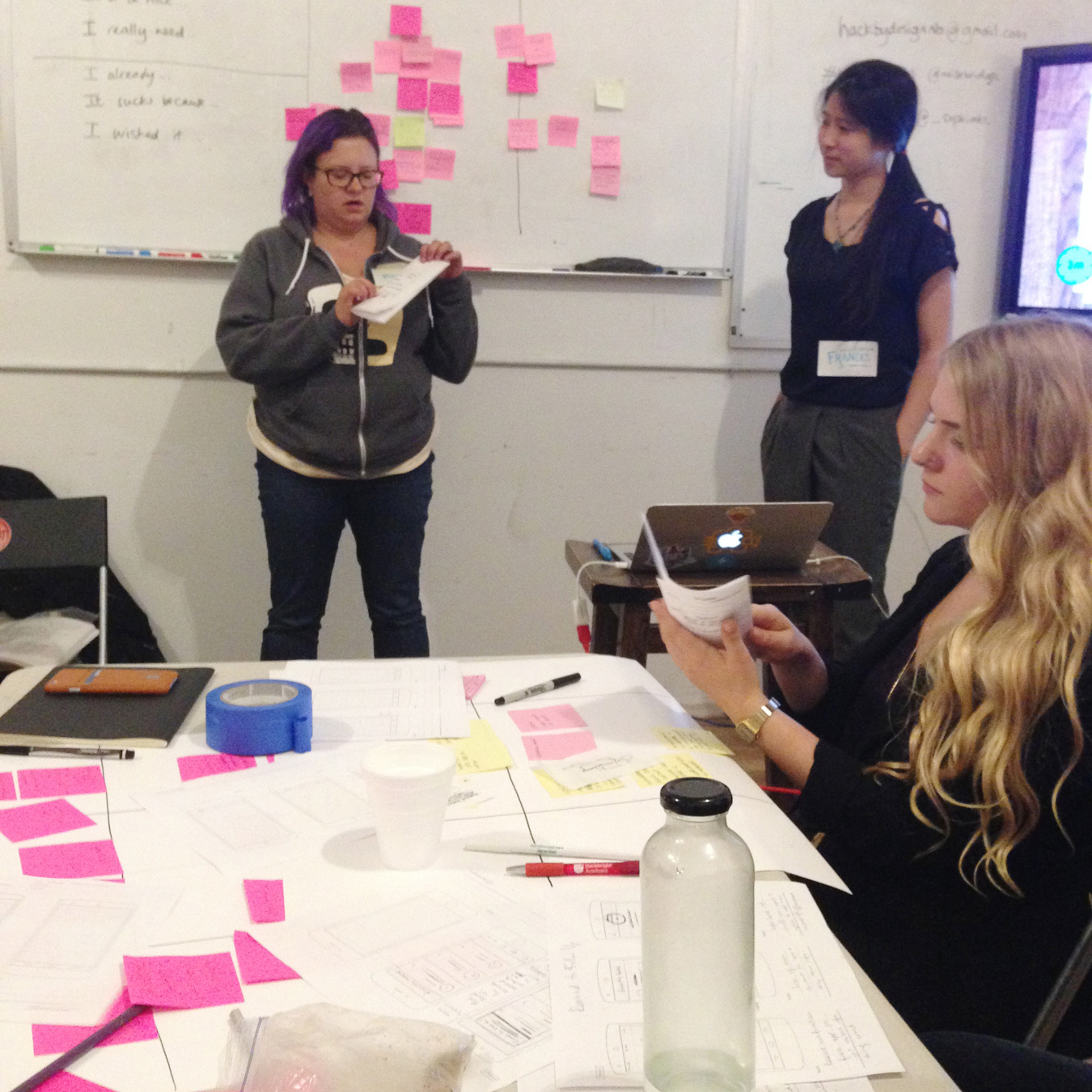
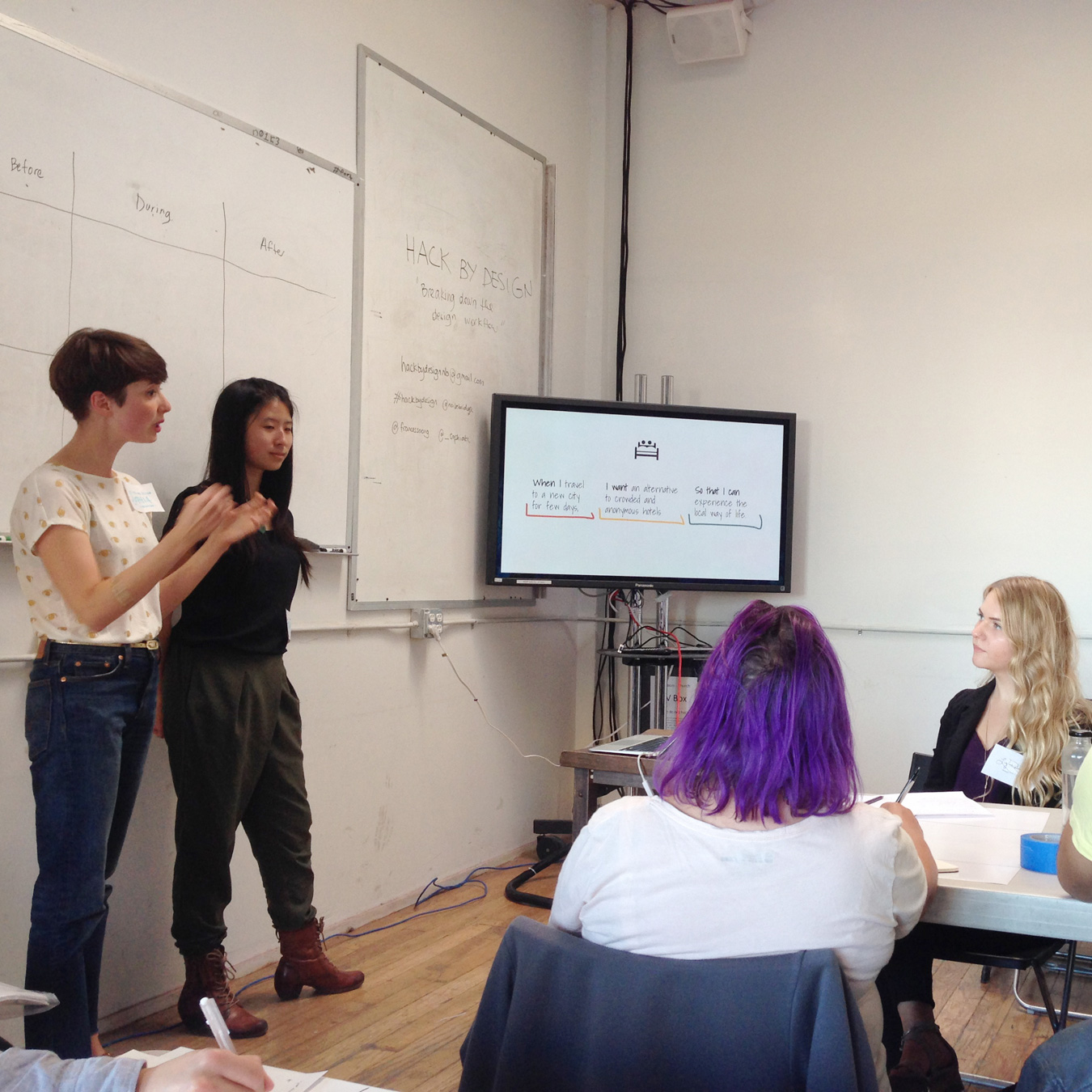
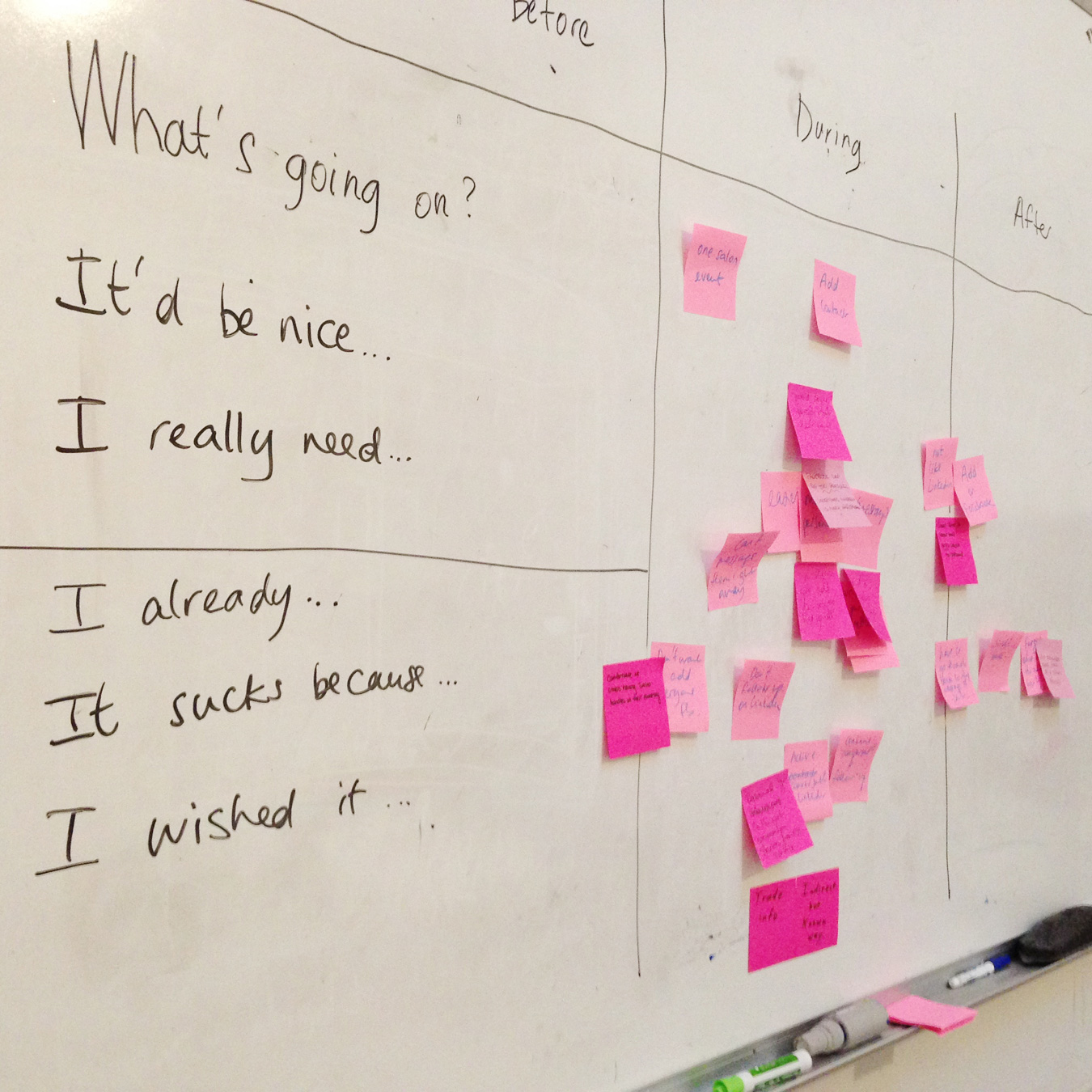
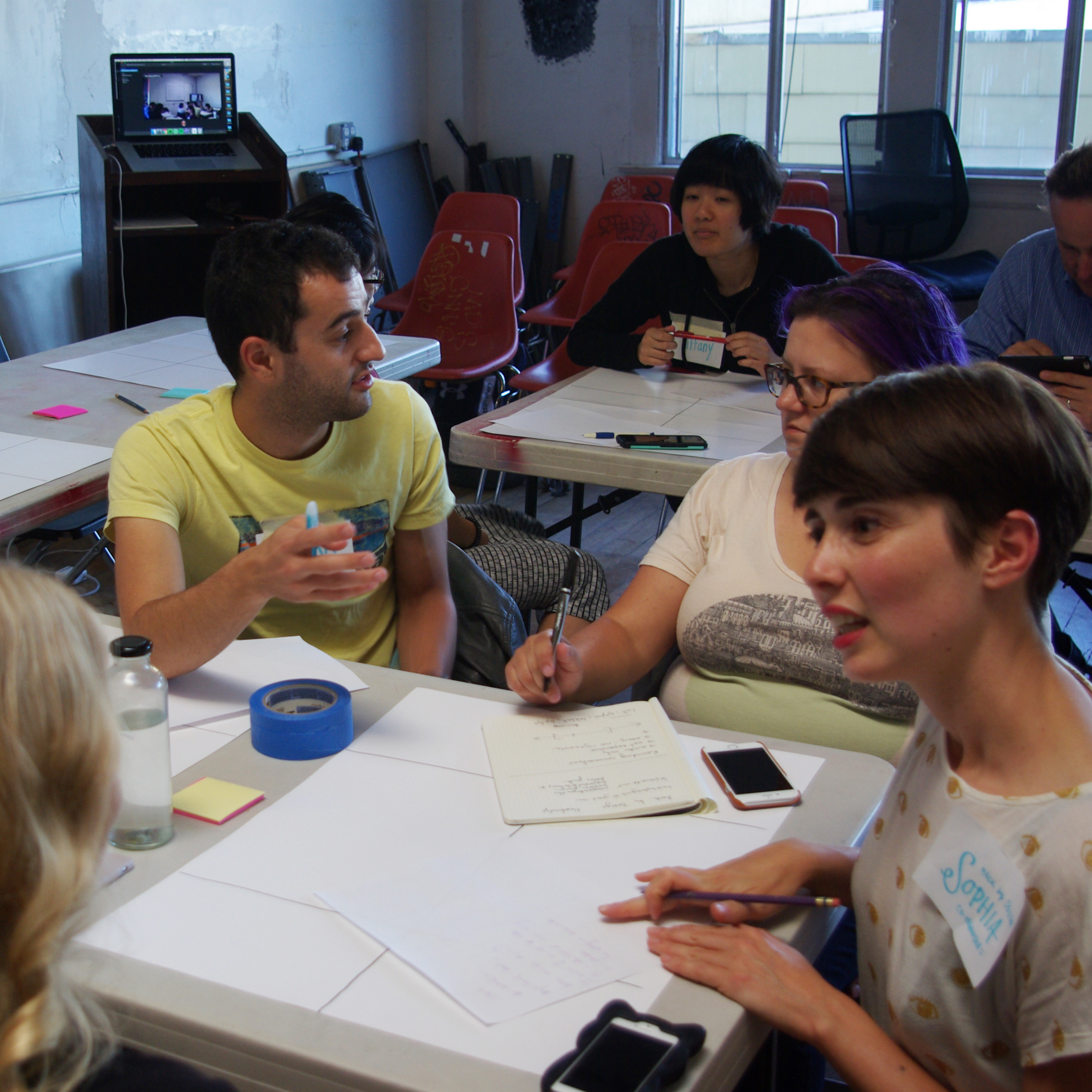
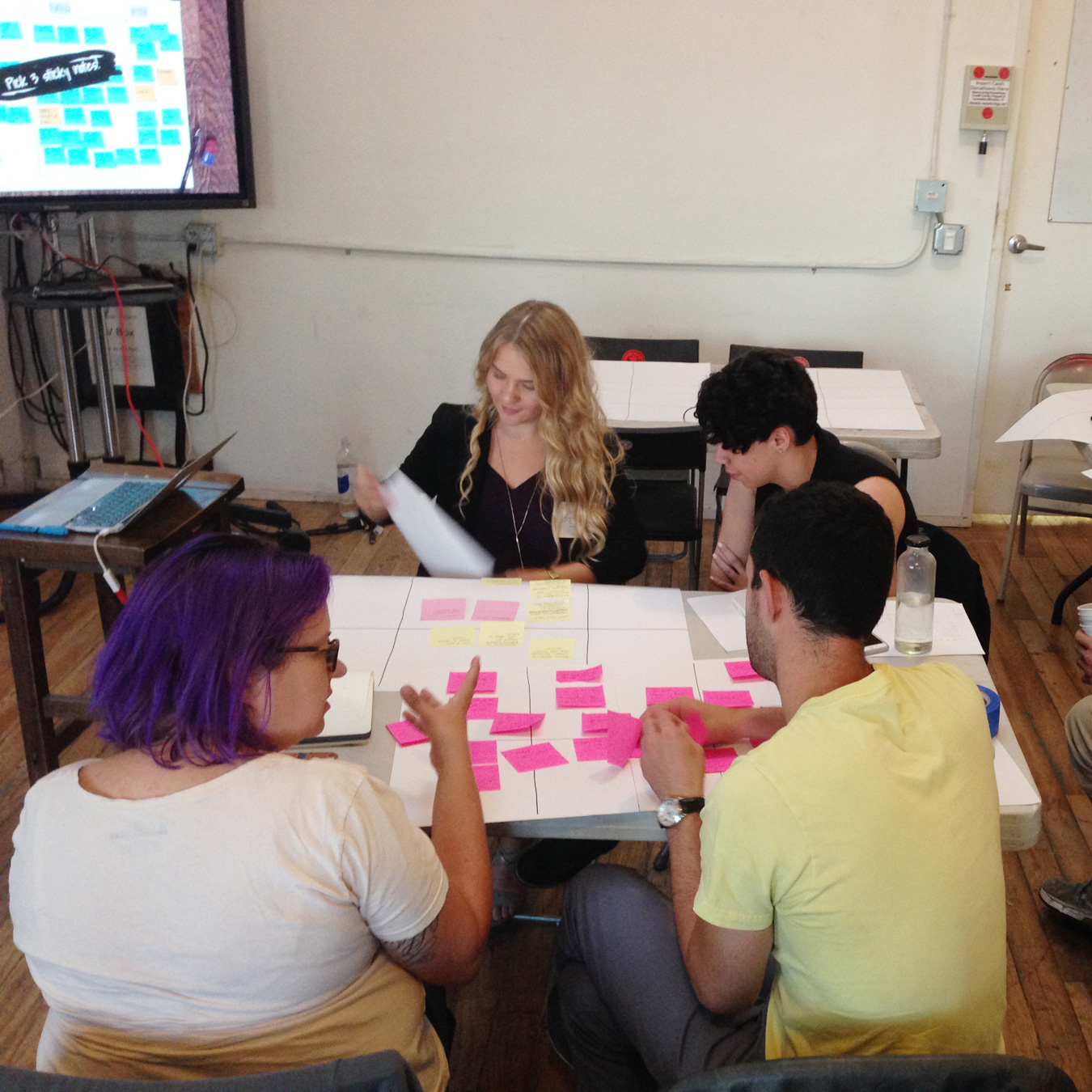
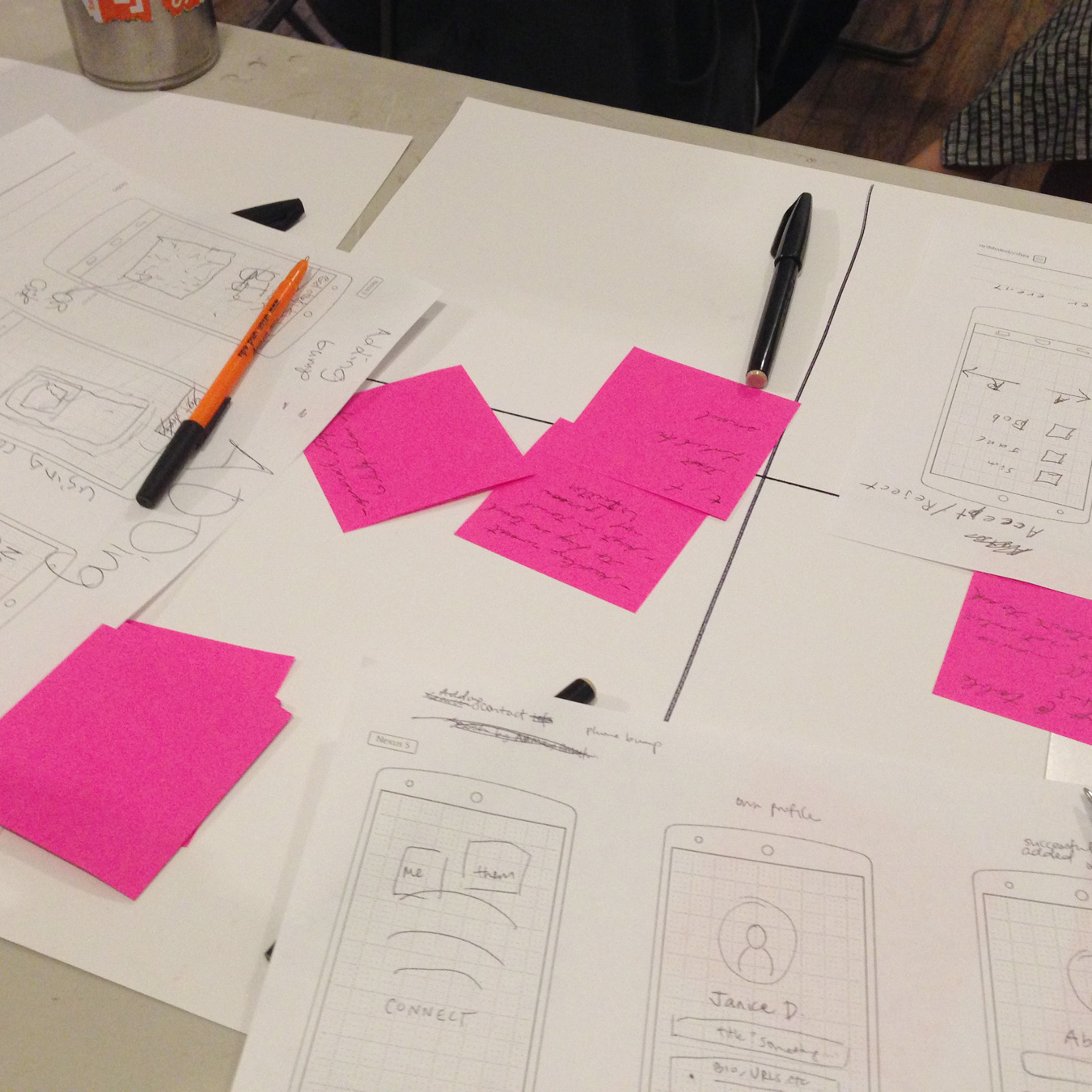
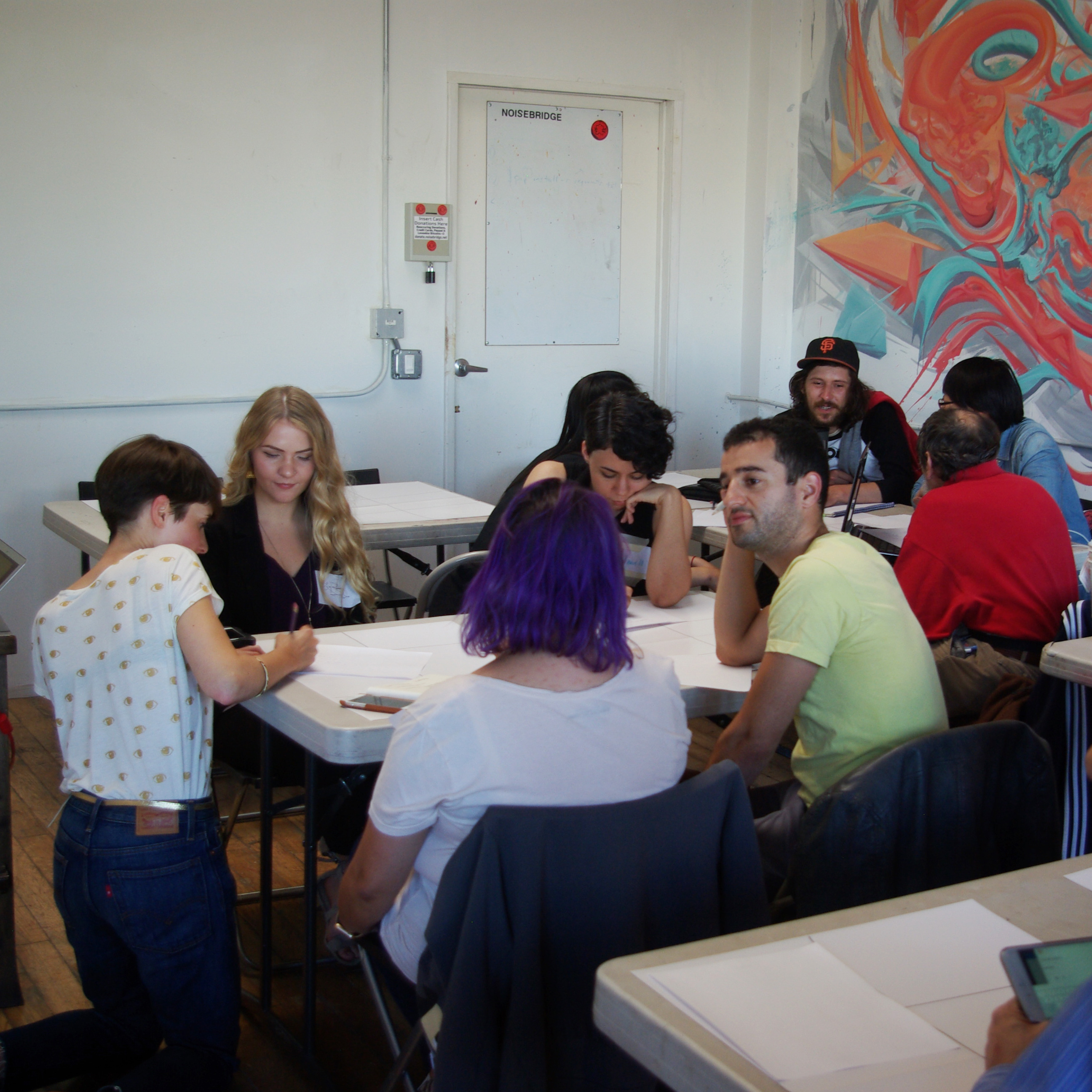
Takeaways
Right balance between macro and micro level
The first phase — the problem understanding — was challenging. Going further anyway help understand the big picture. And everyone was eventually comfortable with the prototype and pitching phase.
Getting the job done
We often want to jump head first in a solution. Keeping focused on defining what's the job to be done is crucial.
Length can be improved
The workshop was dense and long, with more practice, it could be dense and short.
Pairing
It was key to pair with Frances to run this workshop, and apply that to the exercises too.

